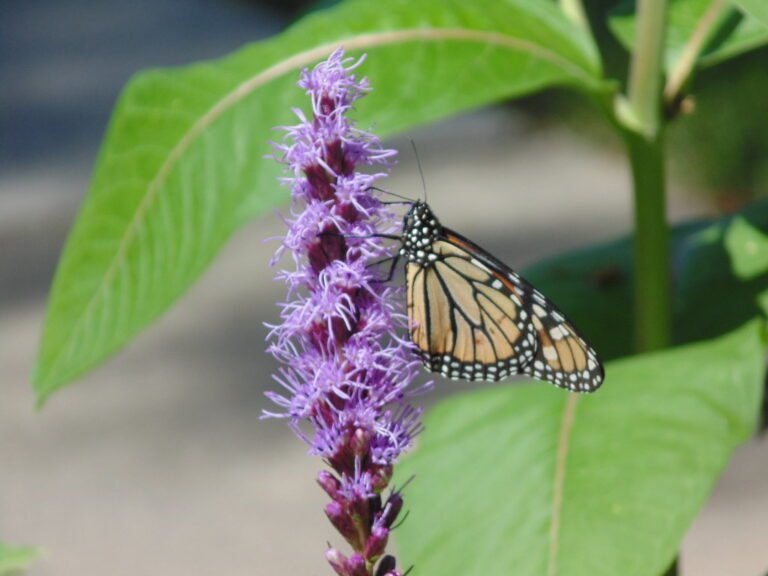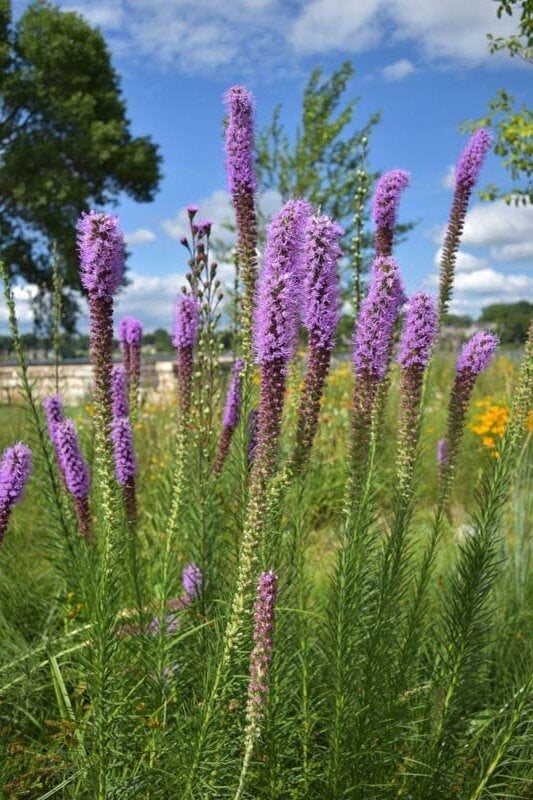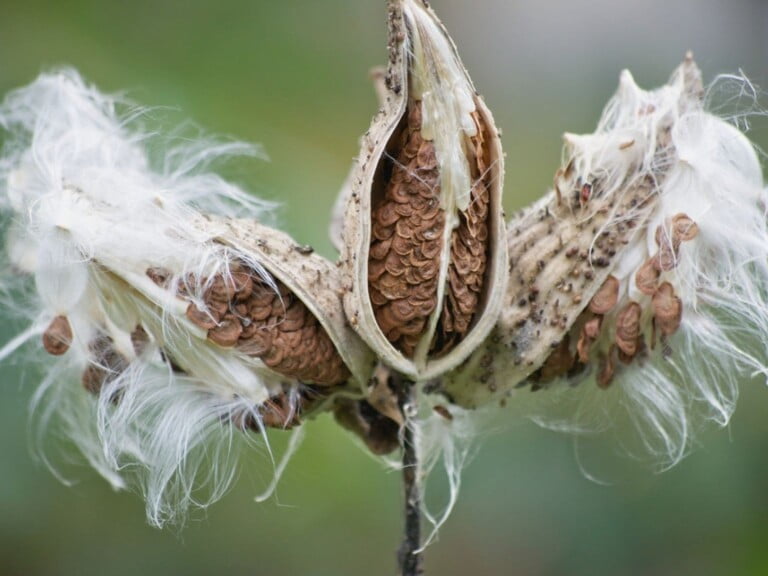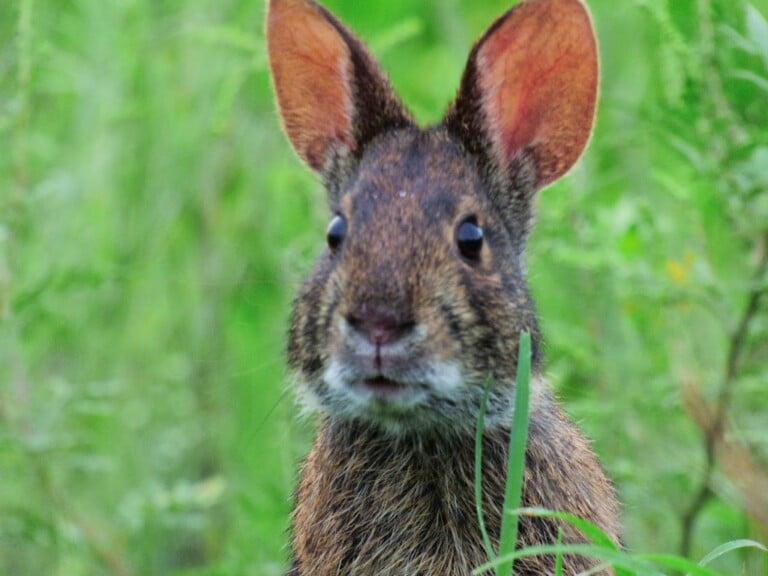Whorled Milkweed (Asclepias verticillata)
Whorled Milkweed is one of the many varieties of milkweed that are critical to the survival of the Monarch Butterfly (Danaus plexippus).
Anything that Grows Butterflies falls under “Butterfly Farming”
Whorled Milkweed is one of the many varieties of milkweed that are critical to the survival of the Monarch Butterfly (Danaus plexippus).

A New Measure for Understanding Plant-Pollinator Relationships By Johnny Butterflyseed Pollinators are the unsung heroes of our ecosystems, playing a critical role in the reproduction of countless plant species. From bees and butterflies to beetles and birds, these creatures ensure that plants can produce the seeds and fruits necessary for their survival—and ours. But how…

Prairie Blazing Star (Liatris Pycnostachya and/or L. spicata) is a stunning native plant known for its tall, spike-like inflorescences adorned with vibrant purple flowers. This beautiful plant is a magnet for butterflies, making it a perfect addition to butterfly gardens across the United States. A Unique Native The Prairie Blazing Star is native to the…

Liatris Pycnostachya, commonly known as Prairie Blazing Star, and Liatris Spicata, also known as Prairie Blazing Star, as well as Dense Blazing Star and Spiked Gayfeather, are two species within the Liatris genus that exhibit remarkable similarities in their morphology. Despite their native ranges being separated by considerable geographic distances, these two species display exceptionally…

“White Swamp Milkweed”: A Guide by Johnny Butterflyseed As an advocate for native plants and the preservation of butterfly habitats, Johnny Butterflyseed is committed to educating enthusiasts about the various milkweed species that support monarch butterflies in Florida and throughout the U.S. Southeast. Today, we focus on two milkweed species that are often the last…
This guide will provide you with all the necessary steps to successfully plant and nurture Monarch Sunflowers across USDA Zones 1 through 11.

The structures in milkweed seed pods that help the seeds catch the wind for dispersal are called “comas” or more commonly known as “floss” or “silk.”

In the diverse ecosystems of the U.S. Southeast, the marsh rabbit (Sylvilagus palustris) serves as an integral species, particularly within forests and marshes. Known for its preference for wet environments, the marsh rabbit thrives in areas where thick vegetation provides necessary cover and food sources. For Floridians, especially those with lakefront properties, creating a landscape…